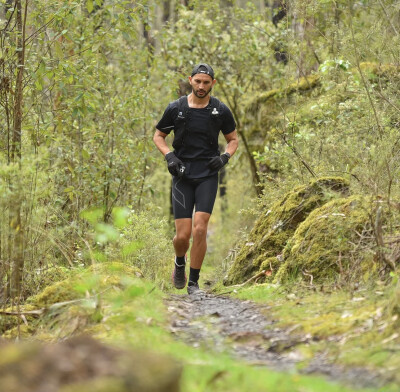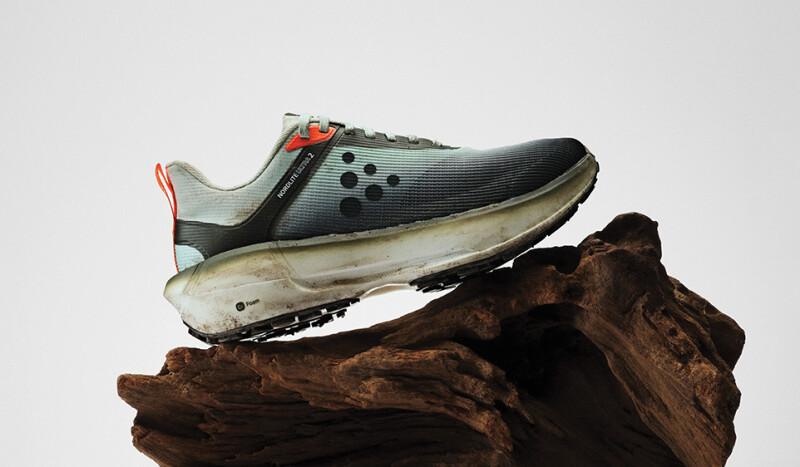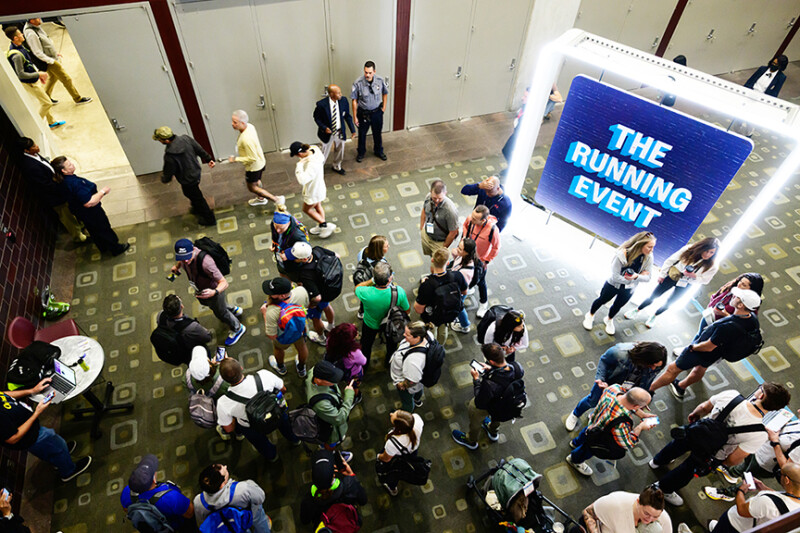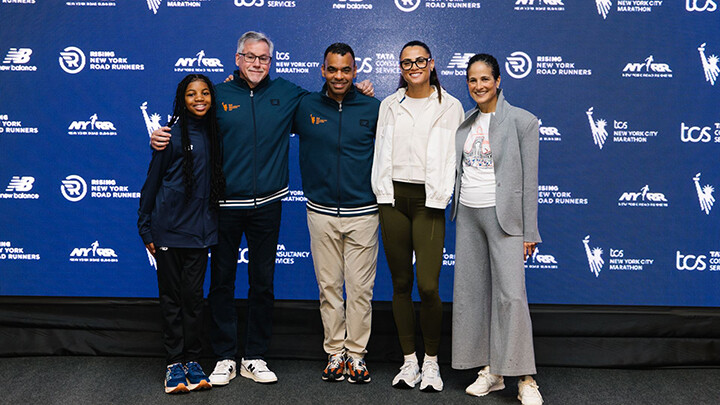Aussies do things differently. Australian run culture proves that. In fact, there are a few things Americans can learn from the runners down under.
First, community is at the center of it. Bringing people together through run clubs and races, running can be a group activity no matter the skill level. And training is everything. Whether it’s a 5K or a triathlon, Aussies take training very seriously. Training culture is heavily community-based in Australia. There are both paid and free options for training for events.
Marathons and triathlons (including Ironman) have grown in popularity so much in recent years that both the Sydney and Melbourne marathon sell-out within hours on the launch day. It is as hard to get a marathon entry as it is to get tickets to see Taylor Swift.
And much like in the U.S. wellness and recovery are a priority. Aussie-built brands like 2XU (which helped put this story together) are well known for helping athletes in their fitness journey with their performance and recovery compression apparel. Wellness and recovery are trending now more than ever in Australia, with an emphasis on recovery being just as important as the actual training.
To get the lowdown from Down Under, Running Insight got in touch with Aussie running star Petera “Putts” Tamarua, who is also co-founder of Unify Training Club, a boutique boxing strength, and running gym opening soon in Melbourne. Running has been a big part of his training journey. Let’s hear some advice from Putts in his own words on Aussie run culture and how it could translate into America.
A running and training routine. Running is the backbone of my weekly training. I’ll usually hit one threshold or speed session, one long run and a couple of easy runs to keep the legs turning over. Strength training is the key piece that supports it all — building durability, preventing injuries and making sure I can stay consistent week after week. Boxing rounds out my overall conditioning, but running is what everything else is built around.
Aussie versus American running culture. In Australia, I reckon running is heavily community-driven and social. Run clubs here are just as much about turning up, meeting people and grabbing a coffee afterwards as they are about the actual session. In the U.S., from what I see, it often feels more competitive and event-based, with a bigger focus on racing and performance outcomes.
Why that is. I think it comes down to Australia’s lifestyle, climate and laid-back culture, which make running more accessible and social. We’ve got great weather for most of the year, iconic locations (particularly in Melbourne) like the Tan or coastal paths and a culture where people enjoy starting their weekends with movement and community.
It’s about connection. Because of that, running here is as much about connection as it is about performance. You can be chasing a PB one week and just jogging for coffee the next — and both are equally celebrated. That balance keeps people engaged for the long run, rather than burning out on competition alone.
What the U.S. could learn. From the outside looking in, one thing I notice is how much our run culture here blends performance with community. We’ll chase PBs and push hard in sessions, but just as important is sticking around afterwards — whether that’s grabbing a coffee, connecting with others or celebrating the small wins. That social side is what keeps people coming back each week. That balance of competition and connection is something really special here in Australia.
Run clubs in Australia. Run clubs are the heartbeat of the Australian running scene. They’ve shifted running from being something people used to do mostly on their own into something social and accessible. Over the last five to 10 years, we’ve seen an explosion of new clubs, collectives and crews that cater to everyone — from first-timers to experienced marathoners.
More than running. Run clubs have become more than just a place to train. They’re communities where people form friendships, build consistency and find accountability. For many, joining a run club is the first step into the sport and that’s why they’ve become such a big part of the culture here.
The running store connection. There’s a really natural connection between clubs and running stores in Australia. Stores often provide the expertise, access to the latest gear and even spaces for education or talks. Clubs bring in the people and the energy. At our 6 at 6 Run Club, we’ve had support from local stores through shoe trials, product demos and activations. It’s not just about selling shoes — it’s about giving runners the chance to test and learn in a real-world environment with their community around them.
Benefits for clubs and stores. The benefits flow both ways. For clubs, the obvious benefit is access — to gear, to knowledge and to opportunities that help runners grow. It also gives the club credibility, because when a trusted store gets behind a run crew it shows that what’s happening is authentic and worthwhile. For stores, the benefit is connection. They’re not just selling products off a shelf — they’re embedding themselves into a community of runners who value genuine relationships. That’s far more powerful than any marketing campaign.
Aussie clubs and stores. The relationship between clubs and stores in Australia is really positive. When it’s authentic, it doesn’t feel transactional — it feels like the right brands and stores supporting the right communities.
A Win-Win. Of course, the best partnerships are the ones where both sides respect each other’s role: the store isn’t trying to “own” the club and the club recognizes the value the store brings. When that balance is there, it creates a win-win where everyone benefits, especially the runners.
Looking to Amierca. I haven’t had the chance to race in America yet, but from the outside it looks like the scale is on another level. The atmosphere, the crowds and the production of big U.S. events seem huge compared to the more intimate races we’re used to in Australia.
Running goals for 2026. I’m aiming to run a sub-3:00 marathon, ticking off a miler event while continuing to grow the Unify Training Club community. Achieving that means balancing my own training with building the space and culture around it.
